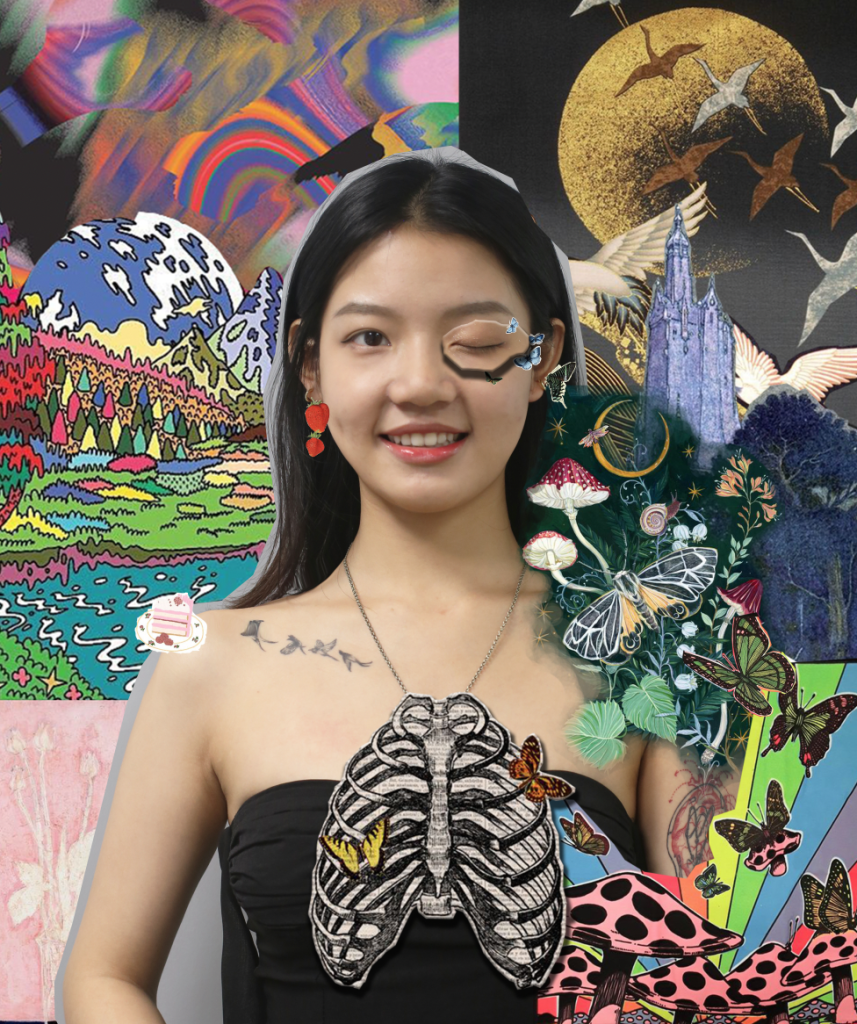WEEK 7 motion capture
Motion capture, or Mocap for short, is a technique for recording and manipulating the movements of people or other objects. Multiple cameras capture the movements of real actors and then recreate these movements and render them onto the corresponding avatars. The technology used for this process is known as motion capture.
A motion capture system is a specialised technical device used to achieve motion capture. Different motion capture systems are based on different principles and have different components.
In general, a motion capture system is usually made up of two main components: hardware and software. The hardware generally consists of signal transmitting and receiving sensors, signal transmission equipment and data processing equipment; the software generally consists of functional modules such as system setup, spatial positioning and calibration, motion capture and data processing. The signal emitting sensors are usually located at key parts of the moving object, such as the joints of the human body. The continuously emitted signals are received by the positioning sensors and then enter the data processing workstation through the transmission equipment to obtain coherent 3D motion data by motion solving in the software, including the 3D spatial coordinates of the moving target, the degree of freedom motion parameters of the human body joints, etc., and generate 3D skeletal motion data that can be used to drive skeletal animation, which is the common workflow of motion capture systems.
In recent years, game motion capture has gone to another pinnacle: the combination of motion capture with facial capture to bring a real-life celebrity directly into the game. From afar, there’s Kevin Spacey and Kit Harrington from Call of Duty. Closer to home, there’s Norman Reedus, the crossbow man from Death Stranding. The quality of the game characters generated in this way has gradually reached a level of fake-like authenticity.
